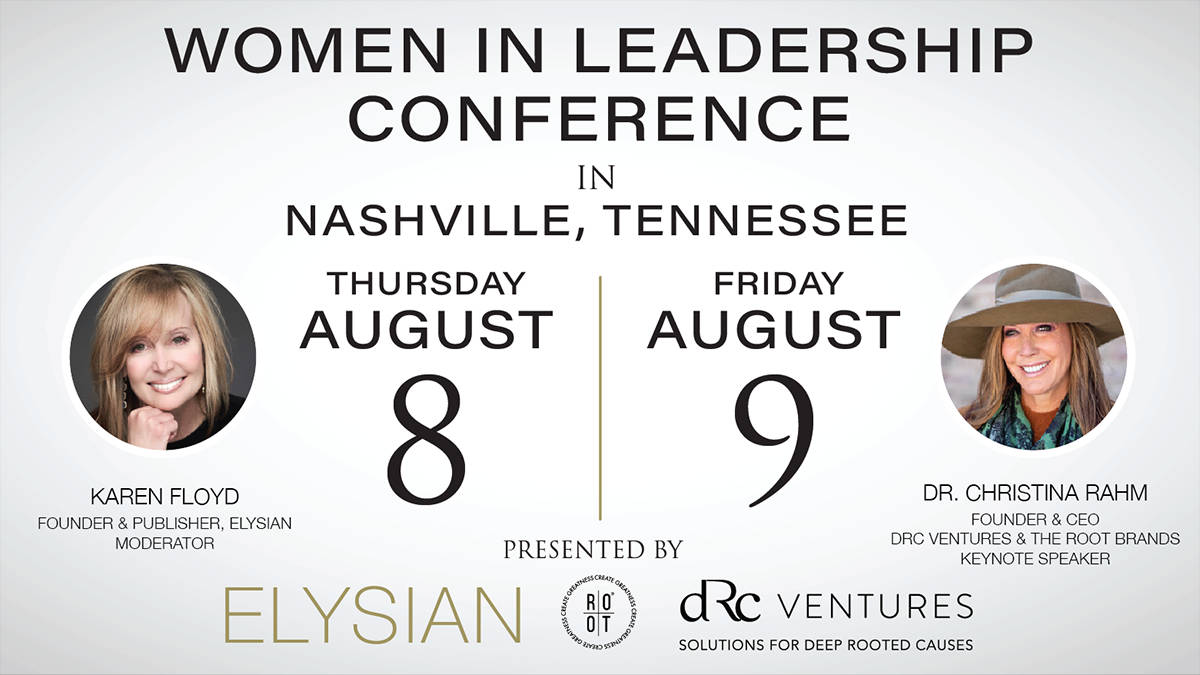“Nobody wants to work anymore!” – A statement we’ve all heard or experienced as we approached our favorite coffee shop, only to find the closed sign up stating that they couldn’t find anyone to open the store that day.
Last year a viral meme reminded us that this lament isn’t new, and we have been dealing with changing perspectives on work for at least a century, and probably longer. The 14 articles featured in the meme, published between 1894 and 2022, showcase how those in charge have always thought the next generation doesn’t understand the value of hard work. These generational shifts are a huge part of how we shape expectations at work.
With multiple generations now in the workforce, organizations need to find ways to bridge the gaps between these different groups, which can have varying expectations, values, and work styles. Gen Z is fresh on the scene, and having come of age during the pandemic, this generation has a wholly different expectation of flexible work hours and working from home accommodations.
“The Great Resignation” we all saw during the end of lockdown is now facing an economy rife with layoffs and an unclear future. When 4.3 million Americans resigned in December 2021, people cited low pay, no opportunities for advancement and feeling disrespected at work, according to a Pew Research Center study.
When it comes to hiring Gen Z, and many millennials, while a high salary is important, these individuals have a higher chance of accepting a job and enjoying their work if there is flexibility and an emphasis on quality of life. According to a Deloitte study, “If given the choice of accepting a better-paying but boring job versus work that was more interesting but didn’t pay as well, Gen Z was fairly evenly split over the choice.”
Work-Life Balance are the magic words in having a happy and healthy workforce. With the rise of remote work and the blurring of boundaries between work and home life, employees are increasingly seeking greater work-life balance. Organizations need to provide flexible work arrangements and policies to accommodate this if they expect to retain their top employees.
On top of there being a generational divide in workplace expectations, we also face a skills gap. Rapid technological advancements and automation are constantly changing the nature of work, creating a skills gap between what is required for the job and what employees currently possess. This means that employers need to invest in training and development to keep their employees up-to-date and equipped with the necessary skills. State legislatures and governmental agencies are constantly working on public-private partnerships to develop educational pipelines to the careers that are needed for the future.
The U.S. Chamber of Commerce Foundation created Talent Pipeline Management, which connects classroom to career by coordinating shared responsibilities between education providers and employers. Now active in 33 states, Washington, and Canada, TPM helps students gain both the credentials and skills they need to succeed in today’s workforce.
Critically important to hiring across the country is diversity and inclusion, buzz words that have a real impact. A diverse workforce brings a range of perspectives and experiences, but it can also create tensions and conflicts. Organizations need to ensure that they foster an inclusive environment that celebrates diversity and promotes collaboration.
DEI deals with the qualities, experiences and work styles that make individuals unique (e.g., age, race, religion, disabilities, ethnicity), as well as how organizations can leverage those qualities in support of business objectives. According to the Society for Human Resource Management, inclusive leaders create inclusive organizations where a diverse workforce can thrive — places where a diversity of thoughts, ideas and approaches is encouraged, and everyone shares in problem-solving. That produces greater engagement, more innovation, and better outcomes.
Though the hiring field feels like it is shifting a bit, there are still low unemployment rates and high competition for talent. Organizations need to prioritize employee engagement and retention. By offering competitive compensation and benefits, providing opportunities for growth and development, and creating a positive work culture that values and recognizes employee contributions, every workplace can thrive.
Overall, addressing these challenges requires a proactive and adaptive approach to talent management that takes into account the changing nature of work and the needs and expectations of the workforce.


